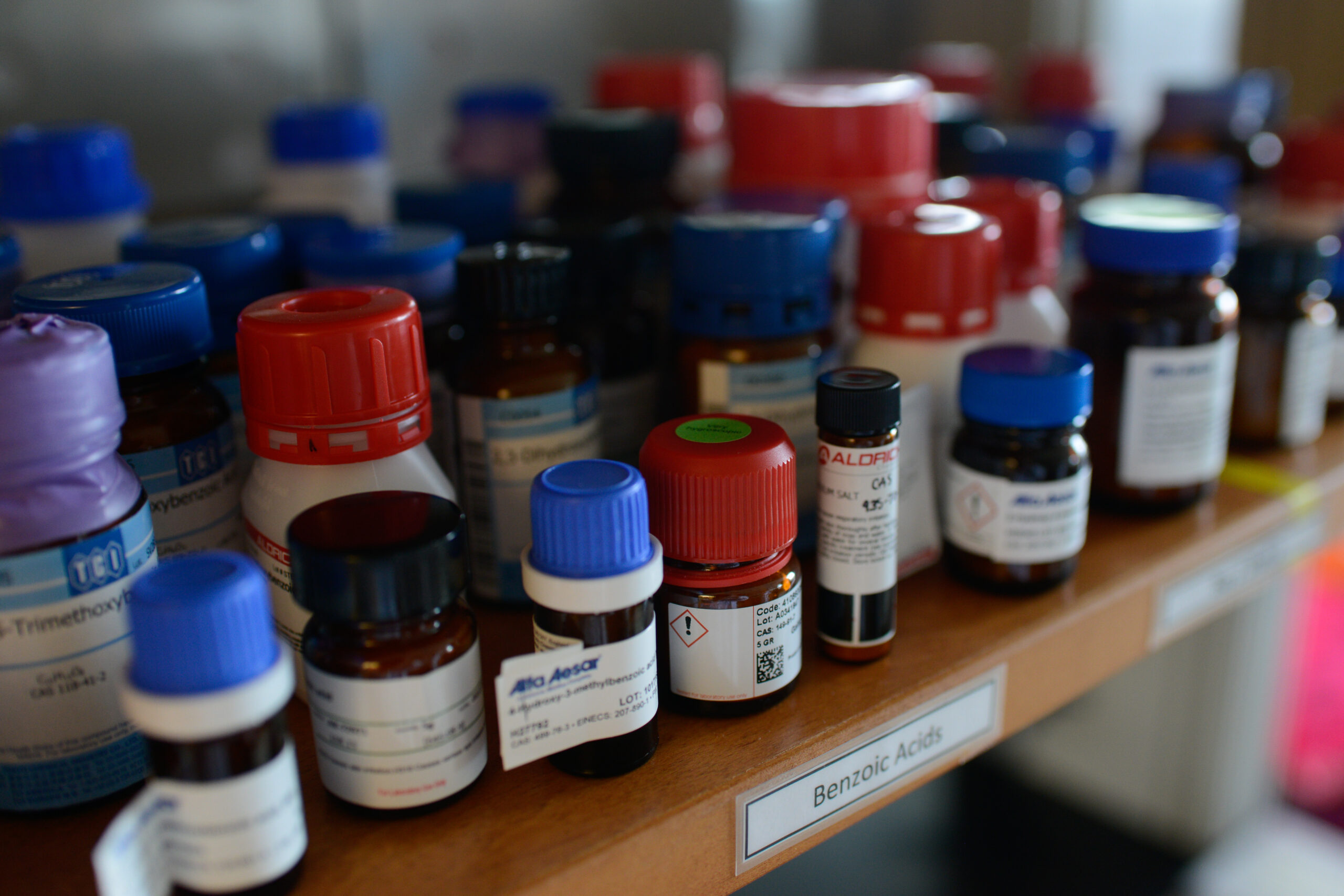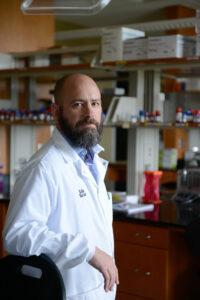A Nutritional Shift: This Metabolome Library Might Change Our Understanding of Food and Health

How do foods cause, prevent, or manage disease? Which ones are the most helpful?

Our understanding of the connections between food and health has been fairly rudimentary. It’s involved reverse engineering of a sort, according to Colin Kay, PhD, the associate professor of translational nutrition at N.C. State University’s Plants for Human Health Institute.
For example, we know that oranges prevent scurvy. This leads us to assume that oranges are good for us because they contain vitamin C. But, Dr. Kay says, oranges contain so much more than vitamin C. Oranges, like all foods, contain dozens of phytochemicals. Phytochemicals are the naturally occurring chemicals found in foods (such as carotenoids and lycopene) that interact with the body’s chemistry, perhaps by stimulating the immune system or preventing the multiplication of cancer cells. Oversimplifying our understanding of nutrition to “orange equals vitamin C” can lead us to misconceptions about the true connections between food and our health.
“This old way of thinking could lead us to the wrong assumptions. For example, we might say that people who eat more oranges have less cardiovascular disease, so that effect has something to do with vitamin C,” Dr. Kay says. “Then we can study vitamin C as a mechanism of action of heart disease for twenty years, going down the wrong path because we made a broad assumption and we’re not actually focused on what else is in that orange. We could be wasting research dollars by chasing the wrong hypothesis.”
What if, instead, we begin by studying each food in all of its complexity? What if we knew exactly what compounds were in each food?
Dr. Kay is working on it.
Not only do our foods contain dozens of phytochemicals, but each of those phytochemicals can be broken down in the body into dozens of smaller metabolites during digestion. Each of those metabolites can create different effects in the body. Some may impact inflammation, while others may impact cardiovascular disease or diabetes. Dr. Kay is creating a metabolome database that breaks down food sources to the metabolites found following their consumption. It’s a massive undertaking. Dr. Kay’s been at this work for three years—he’s got about 500 metabolites in his database so far—and he believes he’s not yet halfway through. The implications of this research, however, could change our understanding of the connection between food and health.

To begin, Dr. Kay used a USDA survey of the most consumed, phytochemical-rich foods, including berries, apples, grains, coffee, and tea. Now, he’s using a systematic approach to analyze each food, starting with published papers that have the most relevant studies on that food, and then taking that research into his mass spectrometry lab, where the analysis of human or animal tissue helps reveal the contribution of food to the human metabolome.
The hope is that with enough data, he’ll not only learn much more about what’s in each food, but also discover overlap between the metabolites found in different foods. The database of food metabolites will lead to a richer understanding of how a diet of certain foods can impact human health. What foods share a certain metabolite, and how does that metabolite interact with the body? Down the road, scientists may be able to suggest a certain grouping of foods for certain conditions: Perhaps people with neurodegeneration should have one diet, while people with heart disease should have another. Essentially a prescribed diet based on an individual’s disease predisposition.
“This could lead to personalized nutrition, but not the faddist nutrition that leads someone to say, ‘I’m going to eat cantaloupe every day for 30 days.’” Dr. Kay says. “It’s the way nutrition used to be thought of. It’s about a collection of foods.”
The implications of this research could change our fundamental understanding of food and nutrition. By understanding the complexity of the foods we eat and the impact that those foods have on our health, the possibility exists to create targeted nutritional-based therapies. As more becomes known each year, more potential exists to disrupt the standard approach to nutrition.
“We realize that nutrition is a lot more complicated than we thought. We have to understand this as a new field,” Dr. Kay says. “We can’t go chasing 50-year-old hypotheses based on what we knew previously. We need to have new paradigms in how we do nutritional research.”
- Categories: